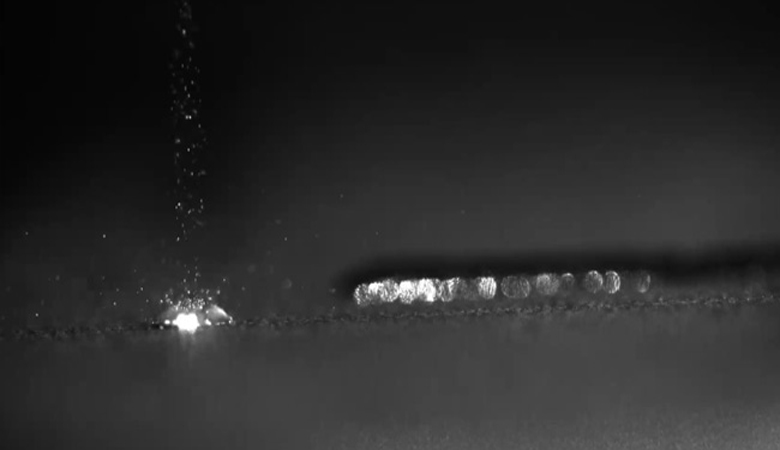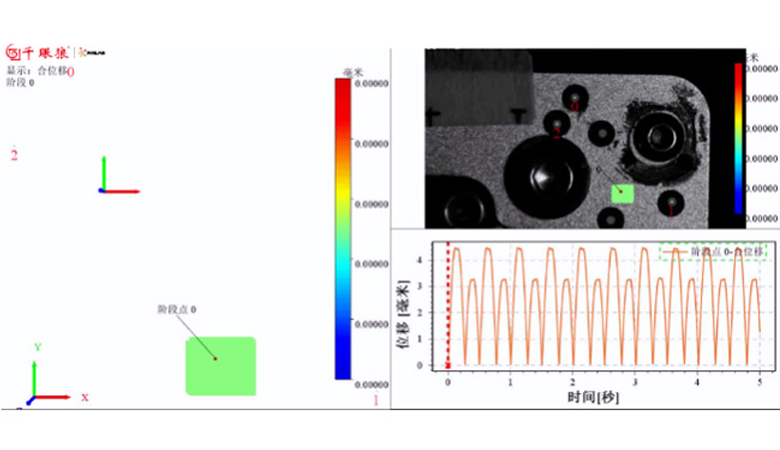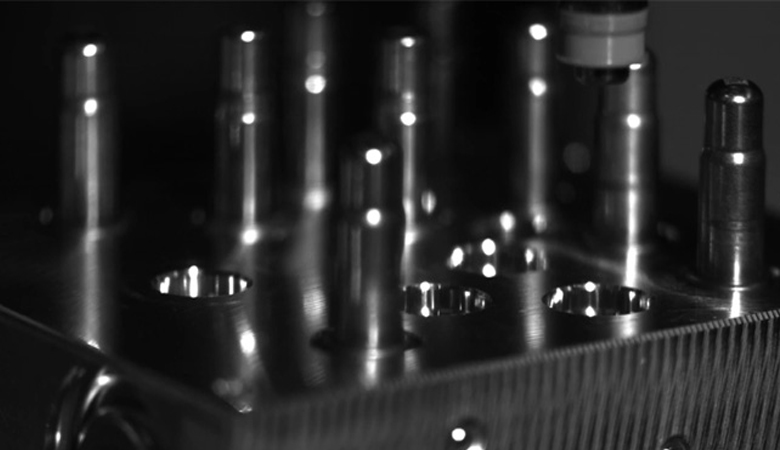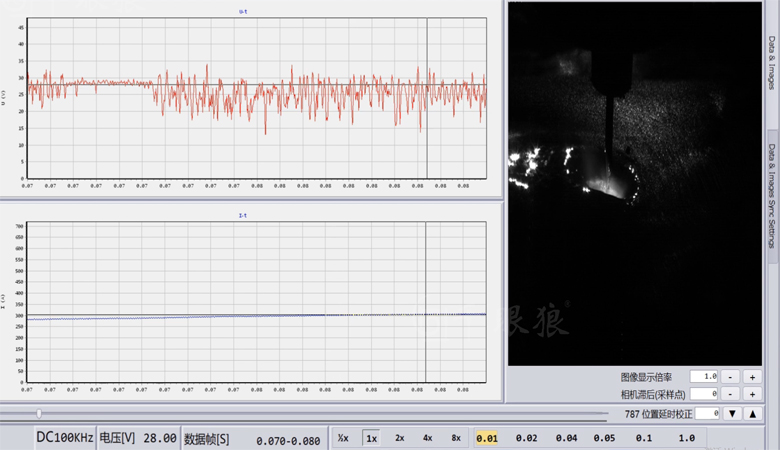
High-speed cameras aid in the research and development and prototyping of cladding equipment. They are used to study the dynamics of the molten pool, observe the formation, propagation, and control methods of cracks, and monitor various defects in the cladding layer such as porosity, cracks, deformation, and surface roughness.

The DIC (Digital Image Correlation) system tests vibrations and displacements during the 3D printing process, with precision reaching the micrometer level.

High-speed cameras are used to observe whether there are any misalignments, missing parts, tilts, and splashes from high-speed rotating equipment during part machining.

High-speed cameras capture the entire process of the three main types of droplet transfer in welding: short-circuit transfer, globular transfer, and spray transfer. They also support the synchronized display of the real-time current and voltage values of the welding machine corresponding to each frame of the image on the playback software.